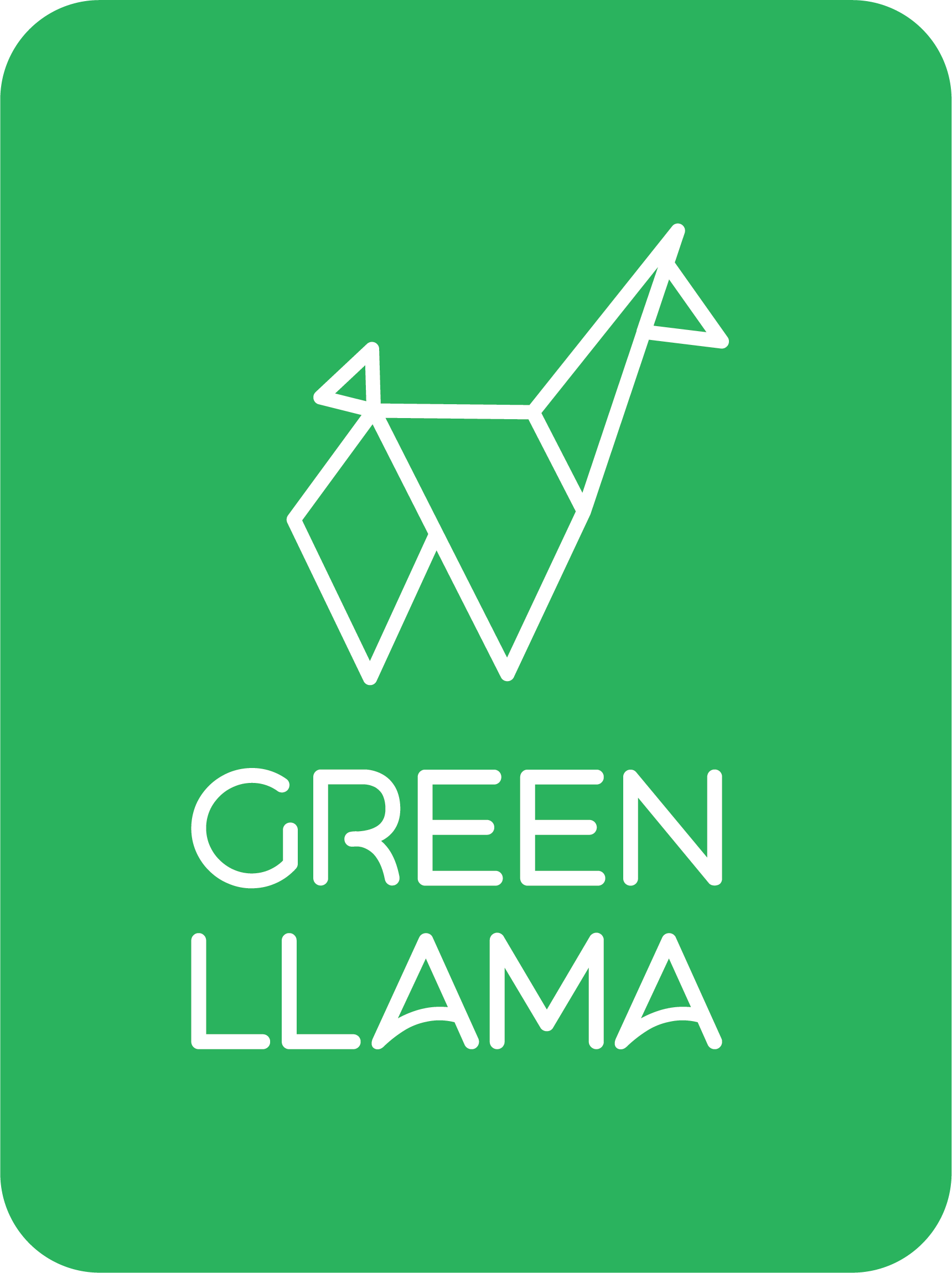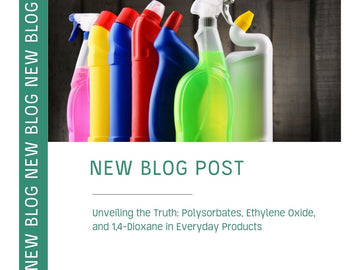The Health and Environmental Risks of SLS and SLES
by Kay Baker on Feb 28, 2024

Sodium Lauryl Sulfate (SLS) and Sodium Laureth Sulfate (SLES) are common in many cleaning and personal care products for their detergent and foaming properties. However, their production processes, especially the ethoxylation of SLES, can lead to the formation of 1,4-dioxane, a by-product with potential health risks, including carcinogenicity.
The presence of 1,4-dioxane, identified by the EPA as a likely human carcinogen, has raised concerns due to its association with cancer and skin penetration abilities. It's often found in products like shampoos and liquid soaps, making consumer avoidance difficult.
New York State has set regulations to limit 1,4-dioxane in consumer products, pushing manufacturers towards safer practices. This movement reflects the broader demand for environmentally friendly and safe consumer products, as both regulations and consumer awareness increase.
The challenge of 1,4-dioxane contamination underscores the need for balance between manufacturing efficiency, product safety, and environmental responsibility. Making informed choices about product ingredients is vital for aligning with health and environmental values.
Learn More
- Safe Cosmetics: 1,4-DIOXANE - Safe Cosmetics
- C&EN: How companies are getting 1,4-dioxane out of home and personal care products
- US EPA: Final Risk Evaluation for 1,4-Dioxane
- David Suzuki Foundation: The Dirty Dozen: Sodium Laureth Sulfate


